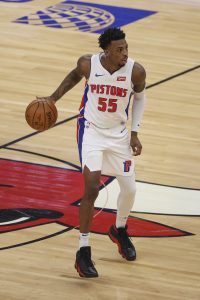Throughout the season, Hoops Rumors takes a closer look at players who will be free agents or could become free agents this off-season. We examine if their stock is rising or falling due to performance and other factors. This week, we take a look at players from the Northwest Division:
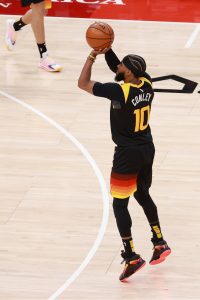 Mike Conley, Jazz, 33, PG (Up) – Signed to a five-year, $152.6MM deal in 2016
Mike Conley, Jazz, 33, PG (Up) – Signed to a five-year, $152.6MM deal in 2016
After an injury-marred season, Conley has bounced back in a big way for a team with the league’s best record. He got a chance to play in the All-Star Game for this first time and he’s managed to stay on the court for the most part. His production has been steady and efficient (16.4 PPG, 5.4 APG, career-high 42.4% on 3s).
Despite his age, Conley has given himself some leverage in his walk year. However, he professed his love to Utah’s organization and style of play last month, saying he doesn’t want to go elsewhere. Barring another early-round playoff flameout, the Jazz will probably shrug off luxury-tax issues and retain their floor leader.
JaMychal Green, Nuggets, 30, PF (Down) – Signed to a two-year, $14.76MM deal in 2020
Green’s playing time was already diminishing before the Nuggets went on a shopping spree Thursday to fortify their frontcourt. The additions of Aaron Gordon and JaVale McGee mean that Green won’t be shedding his warmups very often the remainder of the season. Even with playing time factored in, Green’s rebounding numbers dropped significantly this month. The saving grace is that Green’s $7.56MM salary for next season is a player option. He won’t be pumping up his value, so it’s safe to assume he’ll opt in and let the Nuggets decide whether to keep him or deal him.
Kenrich Williams, Thunder, 26, SG/SF (Up) – Signed to a three-year, $6MM deal in 2020
While the Thunder’s front office continues to pile up draft picks, the current roster has the feel of tryout camp, especially with Shai Gilgeous-Alexander out for an extended period. The flip side is that players like Williams get a chance to show where they fit into the league.
Williams has been receiving steady playing time and he’s been productive of late, scoring in double figures in six of the last seven games. He’s also averaging 3.3 APG during that span, displaying his ability to make plays for others. His free throwing shooting remains woeful (54.1%). Williams’ $2MM salary for next season is non-guaranteed, but that’s a pittance for a rotation player, so expect him to remain on that contract.
Harry Giles, Trail Blazers, 22, C, (Down) – Signed to a one-year, $1.68MM deal in 2020
Opportunity knocked for Giles – and once again, he wound up in the trainer’s room. With Jusuf Nurkic sidelined for two months by a wrist injury, Giles got a chance to jump into the rotation as Enes Kanter’s backup. He was relatively ineffective before suffering a calf injury that sidelined him for over a month. With Nurkic back in action this weekend, Giles returns to third-string status at best. The 20th pick of the 2017 draft is still very young but his career is already at a crossroads as he enters unrestricted free agency again this summer. Will another organization give him a chance or will he have to seek employment overseas?
Photo courtesy of USA Today Sports Images.
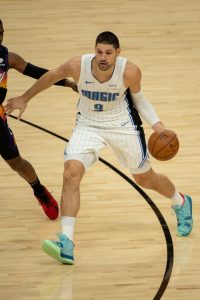 The Bulls make a surprise splash for an All-Star center (
The Bulls make a surprise splash for an All-Star center (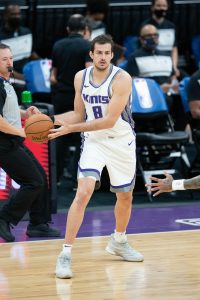
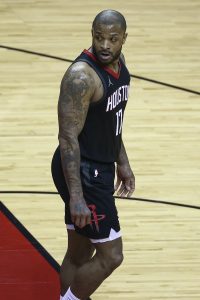

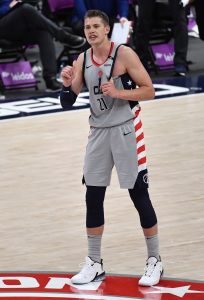 Moritz Wagner
Moritz Wagner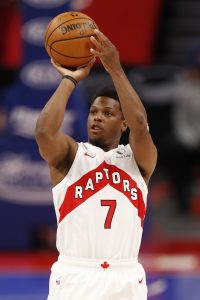
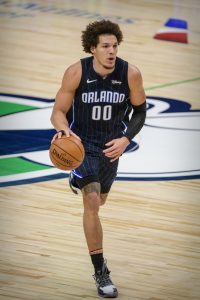
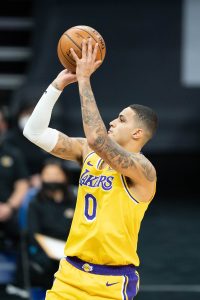 Let’s use
Let’s use 